CAT6a vs. CAT7: Should You Upgrade to CAT7?
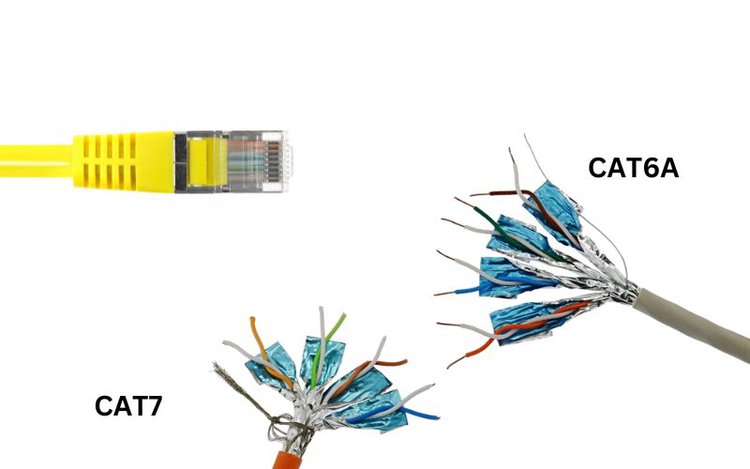
What To Know
- CAT7 cables offer higher bandwidth (600 MHz) compared to CAT6a cables (500 MHz), and can support data transmission speeds up to 100 Gbps over short distances (15m), while CAT6a can support 10 Gbps up to distances of 100m.
- CAT7 cables are generally double-shielded, providing better protection against signal interference, which contributes to their thicker diameter and less flexibility compared to the usually single-shielded CAT6a cables.
This article will lay out a clear comparison, ensuring you can make an informed decision on the best cabling to meet your network’s demands.
So, if you’re ready to untangle the technicalities and get to the heart of CAT6a vs. CAT7, let’s delve into the specifics.
Quick Navigation
Comparison Table
| CAT6a | CAT7 | |
| Bandwidth | 500 MHz | 600 MHz |
| Speed (maximum) | 10 Gbps / 100m | 100 Gbps / 15m |
| Shield type | Usually single-shielded | Double-shielded |
| Size (Diameter) | 8.38mm | 8.50mm |
| Cost | Budget-friendly | Relatively expensive |
| Compatibility | Backward compatible | Not backward compatible |
What is CAT6a?
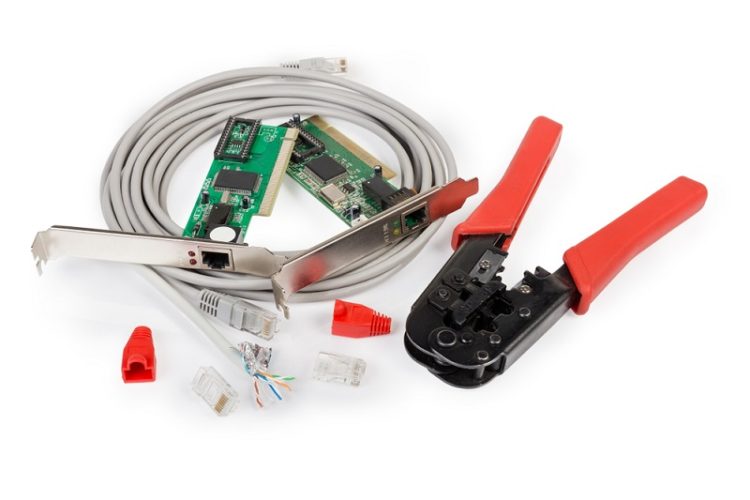
CAT6a is an augmented version of the CAT6 network cables introduced by the TIA (Telecommunications Industry Association) in 2008 — hence the suffix “a.” Unlike CAT6, an unshielded cable CATegory, CAT6a network cables are eight copper wires twisted into four shielded pairs with high bandwidth capacity.
CAT6a has a 500 MHz bandwidth (which gives it twice the speed of its predecessor, the CAT6) and supports high internet data rates of up to 10 Gbps. It transmits 10Gbps up to 100m distances while CAT6 cables max out anywhere between 35 – 55m.
While CAT6a cables are faster and experience little interference, they are also thicker and more expensive than previous versions. Cables in the CAT6a CATegory are about 2.35mm thicker in diameter than CAT6 cables.
Like older categories of network cables, CAT6a also uses the RJ-45 connector.
What is CAT7?
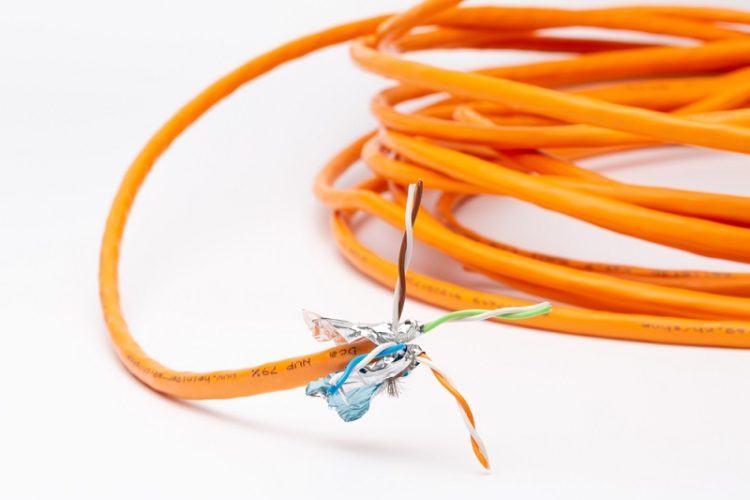
CAT7 cables are high-end shielded cables with four twisted copper pairs. They often have double shielding, which makes them better at preventing signal degradation over distance.
At 600 MHz, CAT7 network cables have a higher bandwidth capacity than cables in the preceding categories. They have a faster transmission speed, supporting up to 100 Gbps data rates.
Compared to the maximum internet speed that internet providers allow (1 – 5 Gbps), you would be right to classify CAT7 as overachieving. Due to their high performance, CAT7 cables are much more expensive than CAT6.
One notable difference between CAT7 and proceeding categories is that its connector of choice is not the RJ-45. Instead, it uses GigaGate 45 (GG45) connectors. The GG45 connector is designed for high-speed cabling. Its ports are compatible with CAT6 cables, but you cannot plug a CAT7 cable into an RJ-45 port.
Comparison: CAT6a Vs. CAT7
1. Bandwidth

A higher bandwidth capacity translates to a higher transmission speed. Both CAT6a and CAT7 network cables have a much higher bandwidth than the preceding categories.
While CAT6a supports 500 MHz — double the capacity of CAT6 cables — CAT7 cables have a bandwidth of 600 MHz. Due to their bandwidths, they both support high data rates, but CAT7 also supports the highest gigabase at limited transmission distances.
2. Ethernet Cable Speed
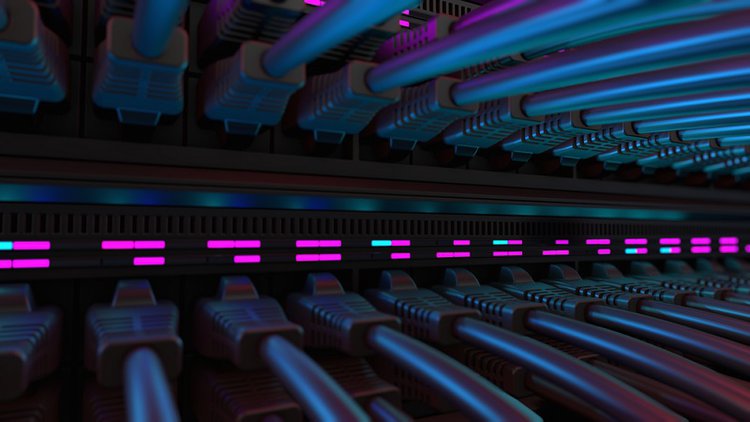
The speed rating of a network cable determines how fast it can transmit available internet data. If an internet provider provides a bandwidth of 5 Gbps and you use a CAT5e cable that supports a maximum speed of 1 Gbps, you would be underutilizing the bandwidth available.
CAT6a and CAT7 cables support 10 Gbps data rates up to 100m distances. However, CAT7 can also support 25 – 100 Gbps within limited transmission distances.
3. Shield Type
CAT6a and CAT7 cables have a shielded twisted pair structure that allows them to resist interference and crosstalk in long-range transmissions. However, there are some differences in their pattern of shielding.
CAT6a cables usually contain one level of shielding. Either the four twisted wire pairs each have individual shield foils, or all four wire pairs are covered together in one overall shield.

While some CAT7 cables have the same shield patterns as CAT6a, most CAT7 cables are double-shielded. This means that after the individual pair shields, it has an overall foil shield that wraps all the twisted pairs underneath the cable jacket.
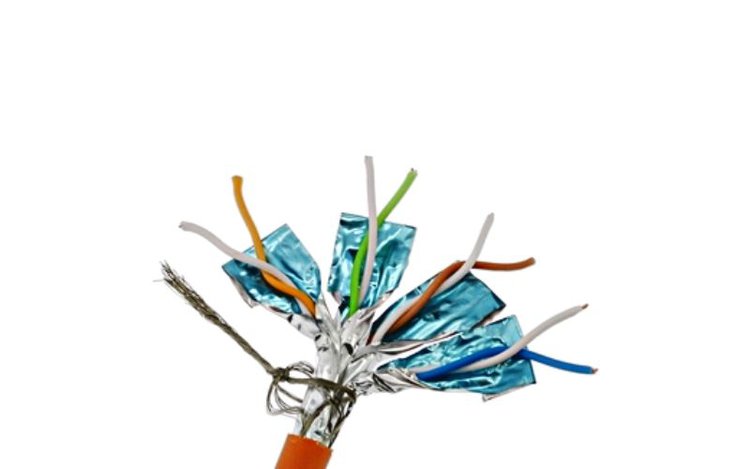
4. Diameter/Size
CAT7 cables are thicker in diameter than CAT6a cables. Most CAT6a cables are 8.38mm, while CAT7 cables are above 8.50mm.
This physical difference is due to the fact that CAT7 cables are double-shielded. As a result, they are thicker and harder to manipulate.
5. Cost
CAT7 cables may be more desirable in terms of performance, but if you are on a budget, they are hardly your best choice. They have a higher production cost, so it is no surprise that CAT7 cables are more expensive than CAT6a.
6. Device Compatibility
Network cabling categories comply with TIA standards, requiring newer categories to be backward compatible with older ones. As a result, CAT5 – CAT6 cables use the same connector: RJ-45.
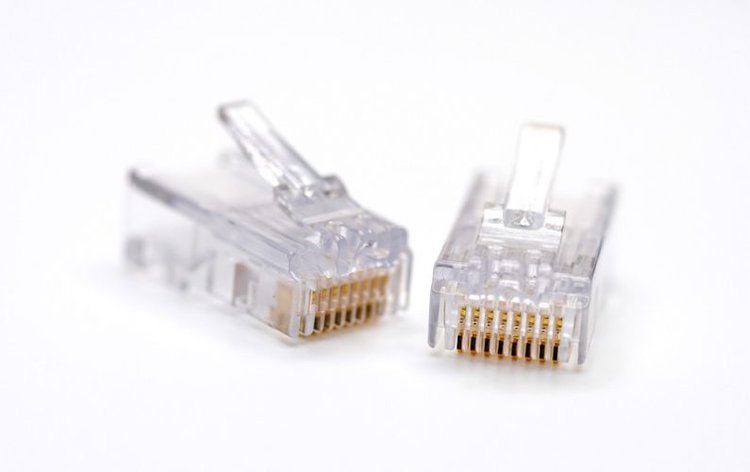
However, CAT7 is defined by the ISO, not the TIA. Hence, cables in this category use a different connector – the GG45 – which is better suited to their performance. The GG45 connector port is compatible with cables in other categories, but its plug cannot fit into the RJ-45 connector.
FAQ
Should I Upgrade to CAT7?
This depends on your network requirements and the compatibility of CAT7 with your devices.
If the upgrade to CAT7 is not necessary, we recommend that you stick with CAT6a cables in the meantime.
CAT7 cables do not comply with TIA standards, affecting their compatibility. CAT7 cables (GG45) are mostly incompatible with the bulk of devices in the market that use the RJ-45 connector.
Comparatively, backward compatibility is a major advantage of the CAT6a cabling system. It is also high-performing and can satisfy the bandwidth requirements for most internet applications.
Industrial-grade CAT6a and CAT7 cables have highly durable physical designs. They can withstand extreme temperatures, moisture, chemicals, and other hazards.
The major edge CAT7 cables have over CAT6a is their capacity to better prevent signal interference. Hence, you can choose one after considering your bandwidth requirements and the cables’ compatibility with your device.
Conclusion
CAT6a and CAT7 are network cabling categories like CAT5e and CAT6. The main difference between cables in different categories is their transmission speed.
CAT7 is an obvious upgrade from CAT6a, but its speed is lost on most internet applications today. Its major advantage over the CAT6a is its better capacity for preserving signal quality in long-distance transmissions.
If you want to upgrade from a CAT6 cabling system, we recommend the CAT6a. It has commendable speed and is compatible with RJ45 connectors.
Gabriella ‘Diogo is a technical writer with a vested interest in tech hardware and equipment. She shares her knowledge and processes in an easy-to-grasp, lighthearted style. When she’s not testing or researching device performance, you’ll find her writing short stories or rewatching episodes of her favorite sitcoms.

